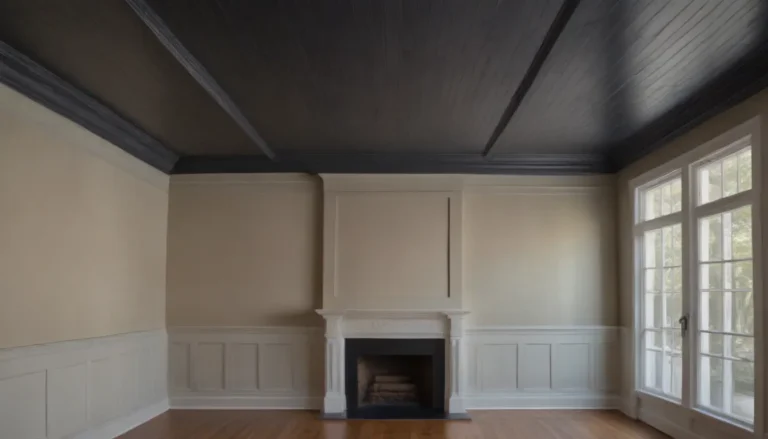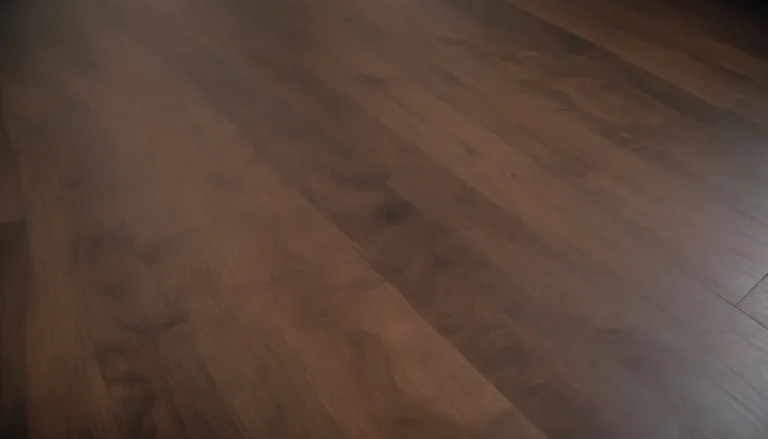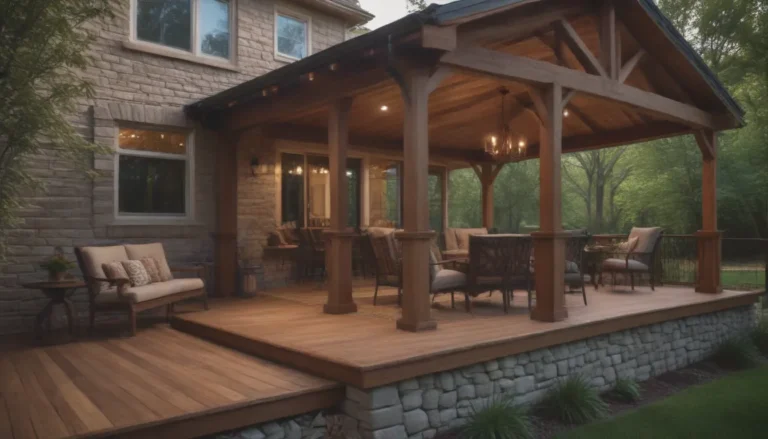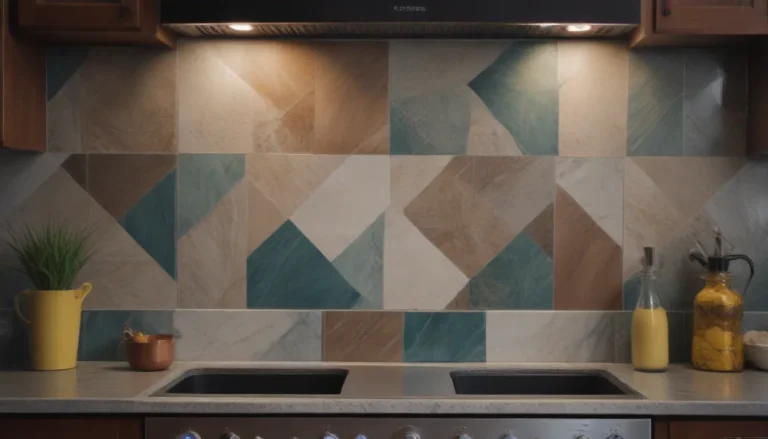Understanding Different Types of Pipe Materials Used in Home Plumbing Systems
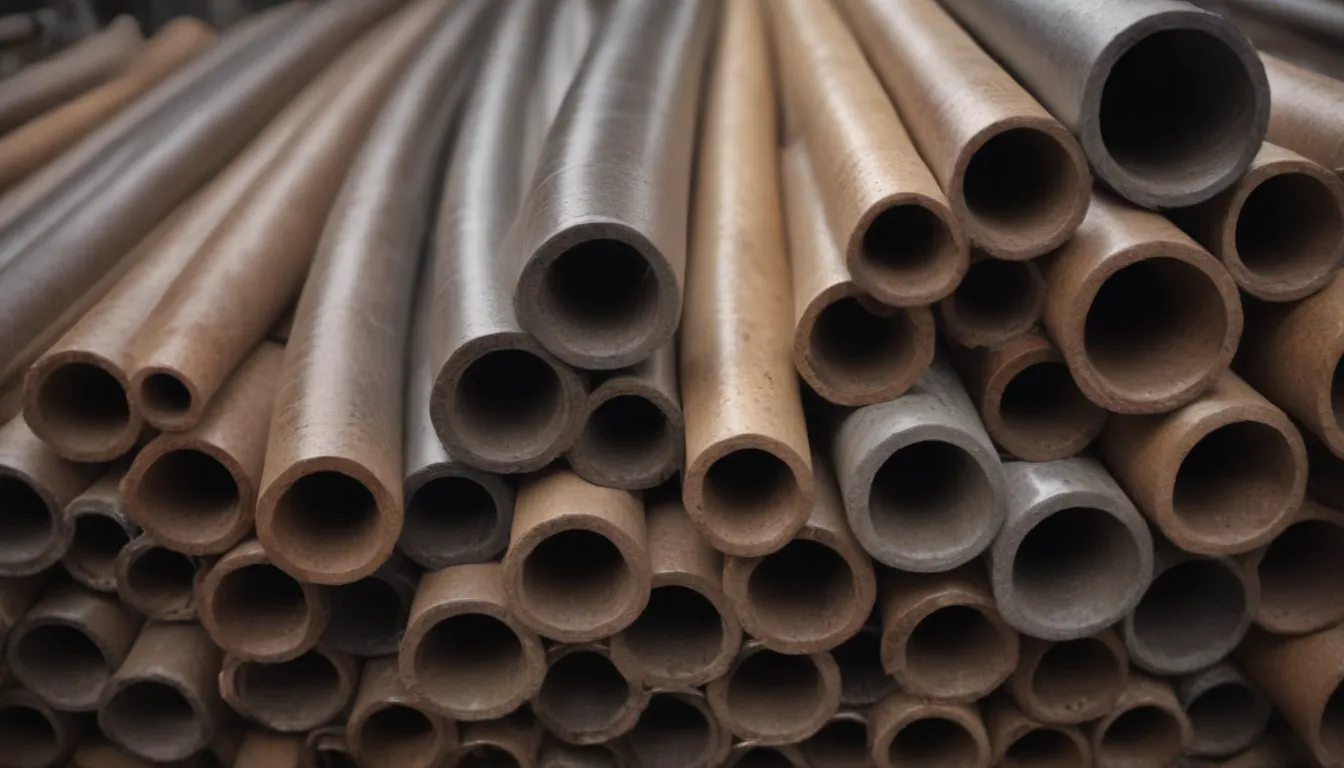
When it comes to your home plumbing system, the piping materials used can vary depending on the age of your home and the specific application. Knowing which type of pipe material is used for different purposes is essential for maintaining and repairing your plumbing system. In this comprehensive guide, we will explore the most common types of plumbing piping materials found in homes, what they are used for, and how to cut and fasten them together.
Cast Iron
- Appearance: Large-diameter heavy metal pipe, dull black with a rough, mottled surface.
- Description: Cast iron pipes are high-quality sanitary waste drain pipes that are strong and long-lasting but hard to cut. They are often used for main soil stack waste lines and vent pipes.
- Cutting and Fitting: Requires a heavy-duty reciprocating saw or a special cutting tool. Securing cast-iron pipes and fittings together is done using special methods like lead and oakum in soil pipe joints.
PVC (Poly-Vinyl Chloride)
- Appearance: White rigid plastic.
- Description: PVC is now the standard in-home waste line materials. It is chemical-resistant, heat-resistant, and easily cut and fit. PVC is often used for sanitary waste lines, vent pipes, and drain traps.
- Cutting and Fitting: PVC pipe is easily cut with a hacksaw or tubing cutter and can be joined together using plastic pressure fittings or special chemical solvent.
Note: ABS pipe has largely been replaced by PVC in new construction and repairs due to degradation when exposed to sunlight.
Chromed Brass
- Appearance: Bright, shiny chrome-finished pipe of larger diameter.
- Description: Chromed brass tubing is often used in exposed drain and trap applications where appearance is important.
- Cutting and Fitting: Easily cut with a hacksaw and joined with slip fittings.
Chromed Copper
- Appearance: Bright, shiny chrome-finished pipe of smaller diameter.
- Description: Chromed copper pipe is used for exposed water supply lines where appearance is important.
- Cutting and Fitting: Easily cut with a tubing cutter or hacksaw, joined with chromed brass compression fittings.
Galvanized Iron
- Appearance: Dull silver-gray rigid metal pipe.
- Description: Galvanized iron pipe was once popular for water supply lines but has been largely replaced due to corrosion. It is difficult to cut and join, often requiring replacement with copper or PEX.
- Cutting and Fitting: Can be cut using a reciprocating saw or hacksaw and joined using threaded fittings.
Copper (Rigid and Flexible)
- Appearance: Dull copper-colored metal pipe.
- Description: Copper pipe comes in rigid and flexible types. Rigid copper is used for longer water supply runs, while flexible copper is used for short runs and supply tubing for appliances.
- Cutting and Fitting: Easily cut with a tubing cutter or hacksaw, joined with soldered connectors or compression fittings.
CPVC (Chlorinated Poly Vinyl Chloride)
- Appearance: Dull white or cream-colored plastic.
- Description: CPVC is an inexpensive rigid plastic designed for hot and cold water supply piping.
- Cutting and Fitting: Cut with a tubing cutter or hacksaw, joined using plastic fittings and solvent glue.
PEX (Cross-linked Polyethylene)
- Appearance: Blue (cold water), red (hot water), or white flexible plastic pipe.
- Description: PEX is a strong and flexible piping material that is corrosion resistant and easier to install than copper.
- Prevalent Use: Water supply and radiant heating pipe.
- Cutting and Fitting: Requires specialized fittings and tools.
Black Steel
- Appearance: Dull black rigid pipe, designed for gas applications.
- Prevalent Use: Natural gas or propane supply pipes.
- Cutting and Fitting: Cut with a reciprocating saw or hacksaw, joined using threaded black pipe fittings.
Understanding the different types of pipe materials used in home plumbing systems is essential for homeowners. Whether you’re repairing a leak or upgrading your plumbing system, knowing which materials are best suited for each application can help you make informed decisions. By familiarizing yourself with the characteristics and uses of common pipe materials, you can ensure the longevity and efficiency of your home plumbing system.
